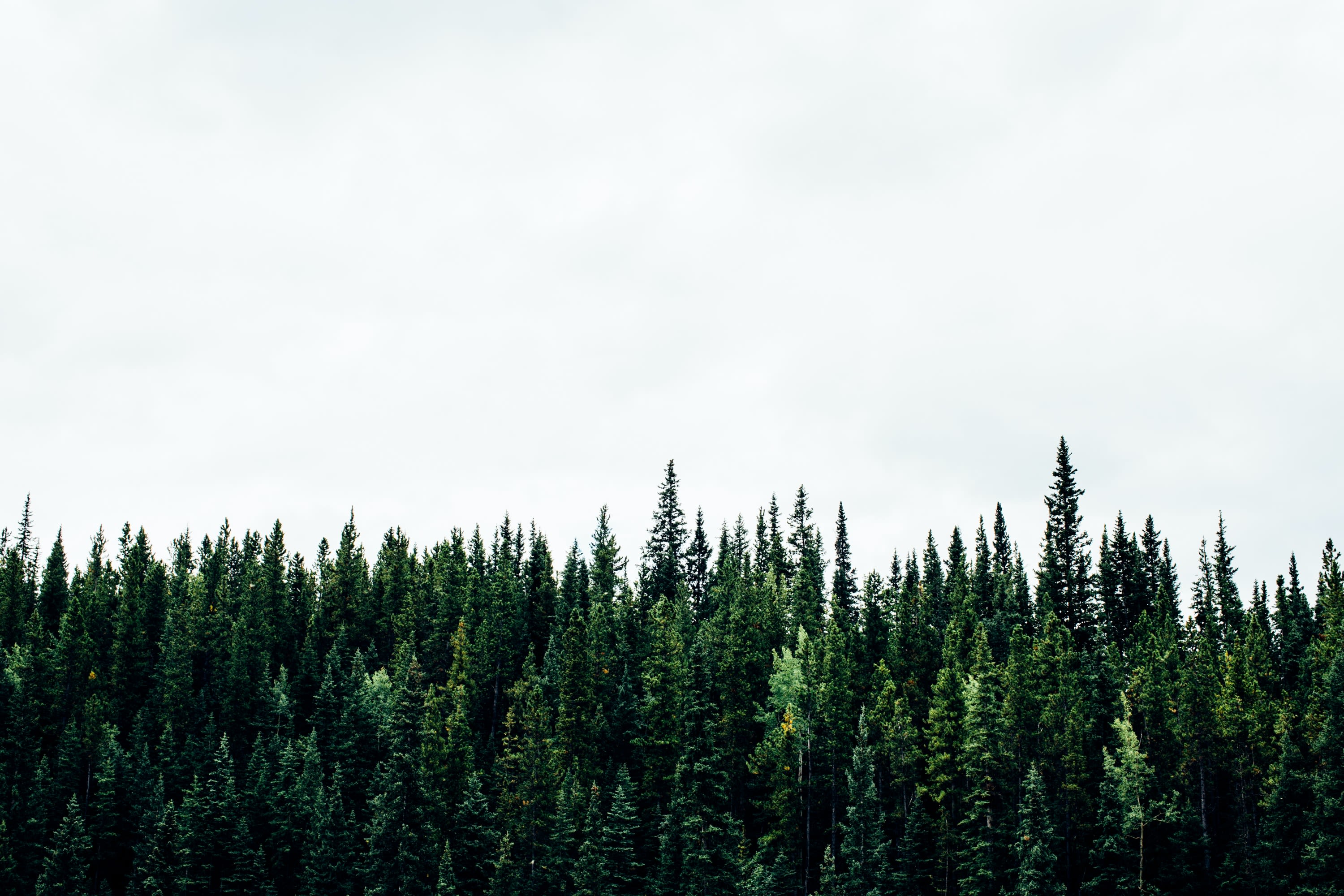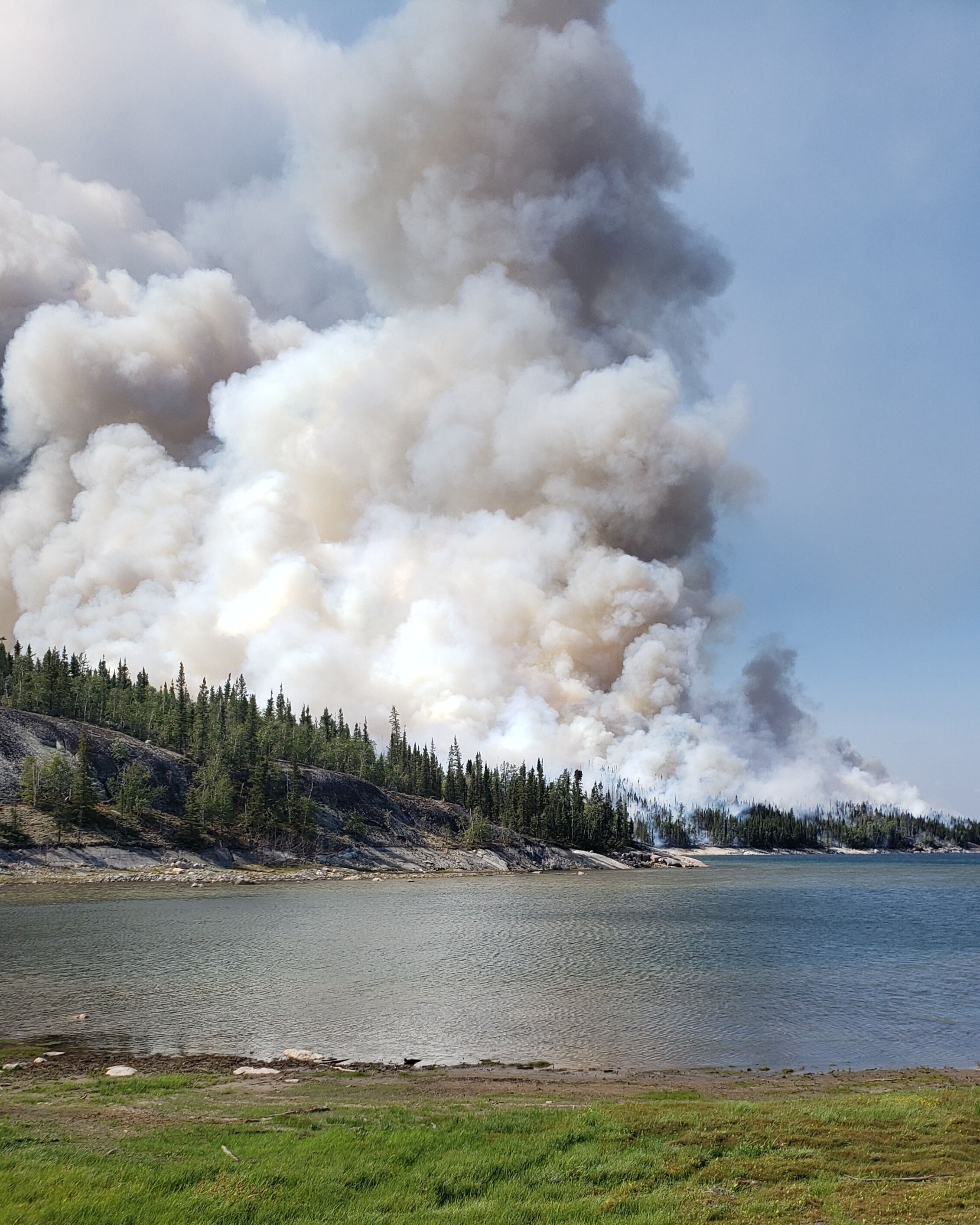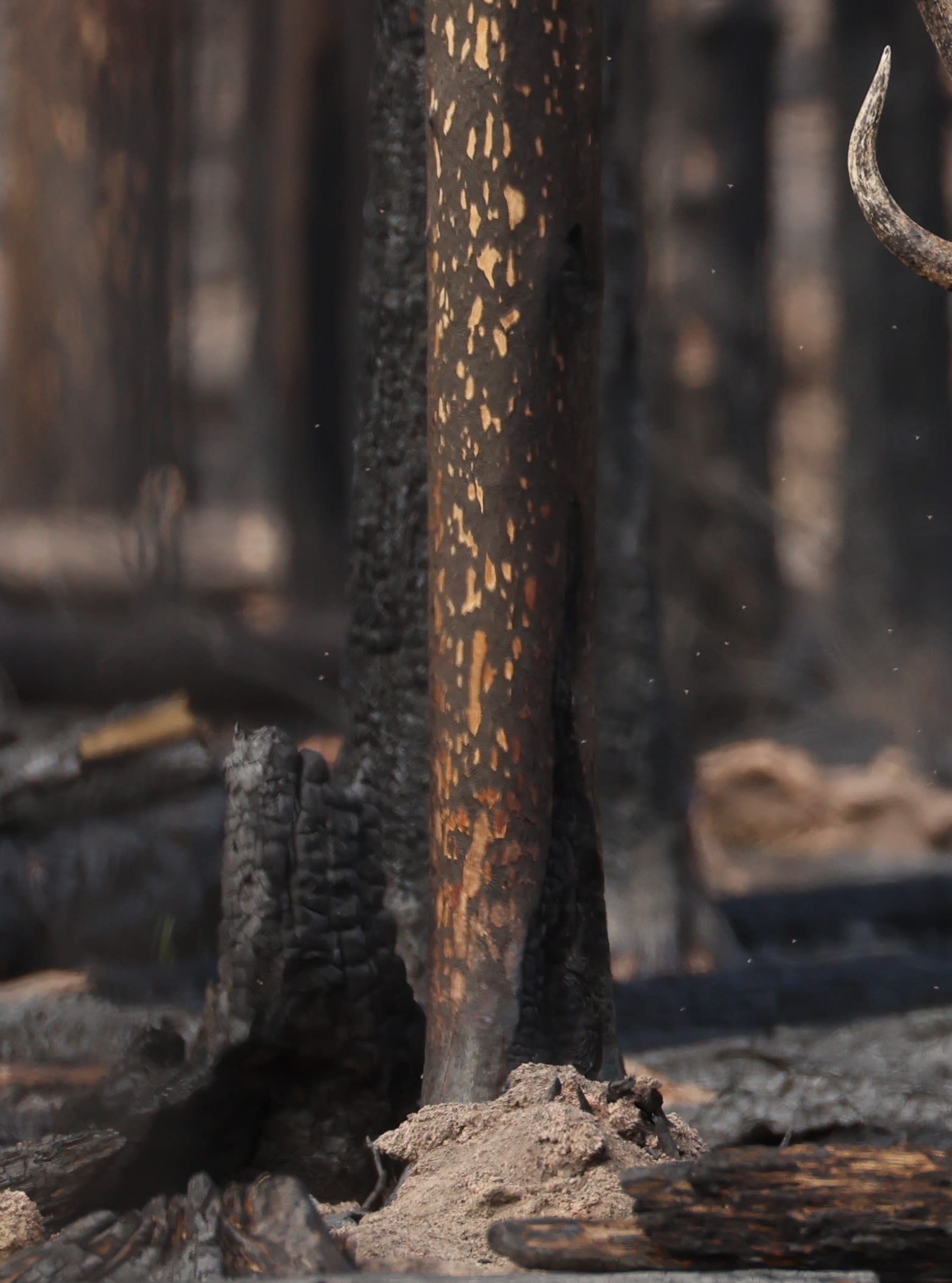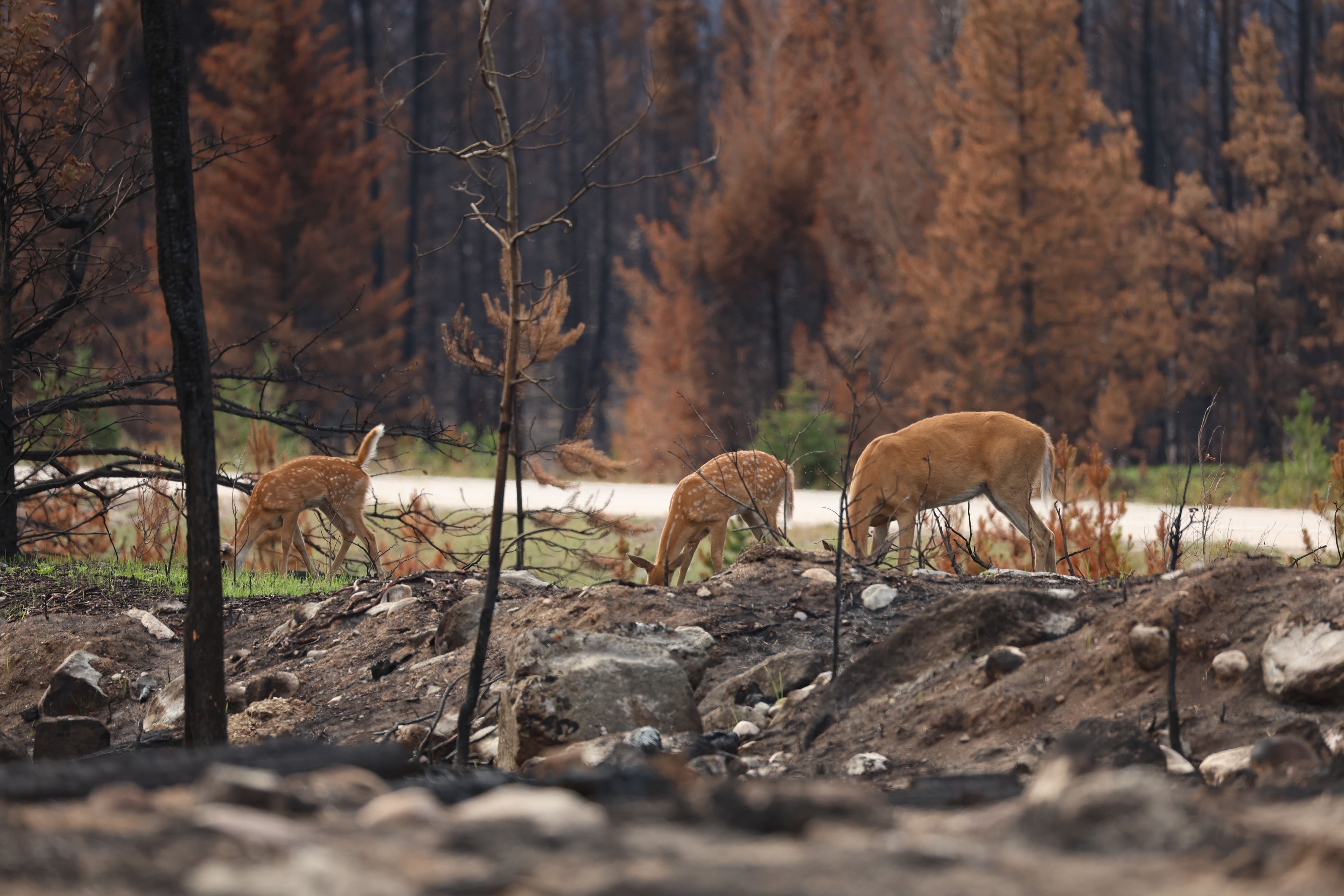After the Fire
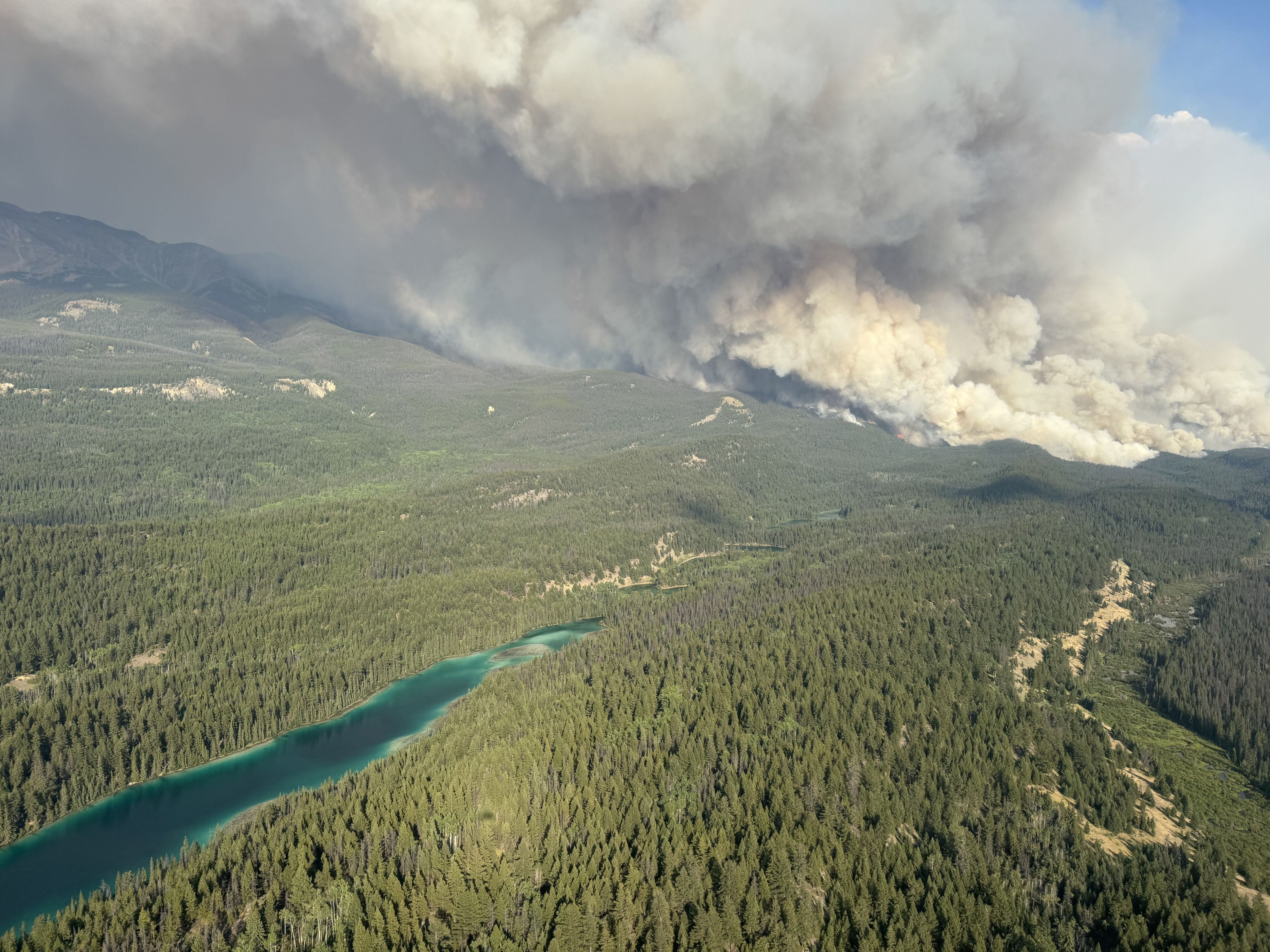
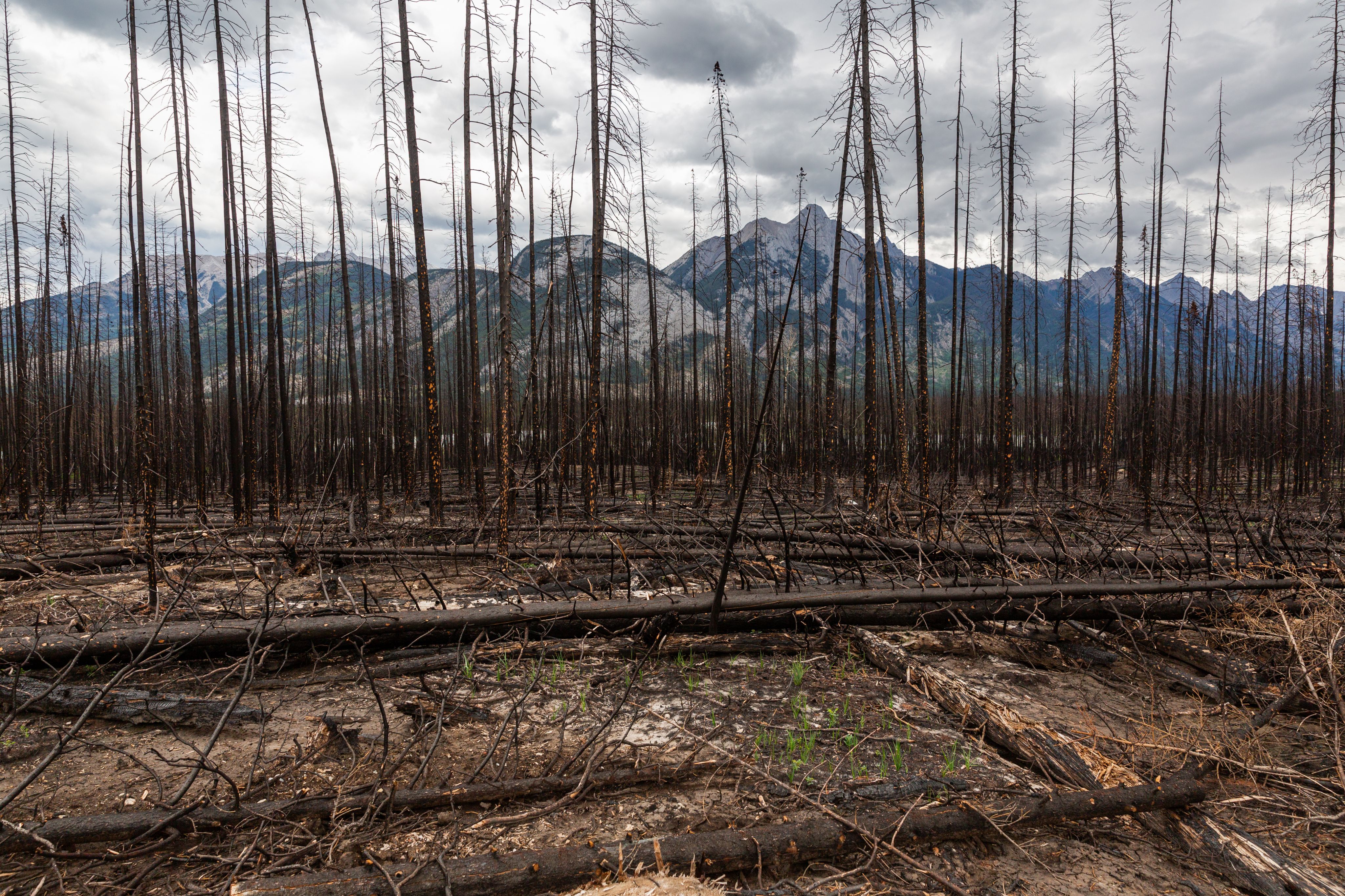
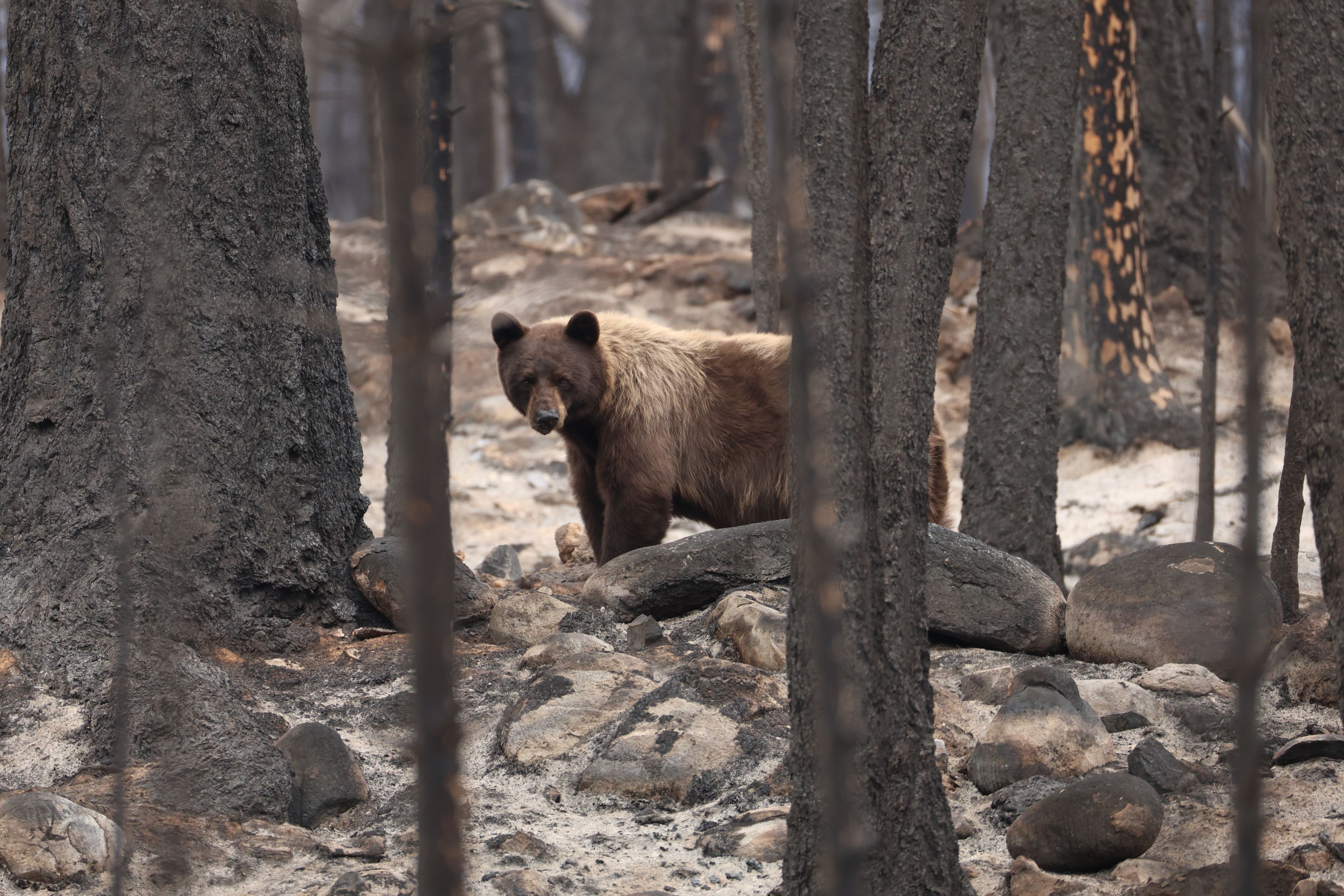
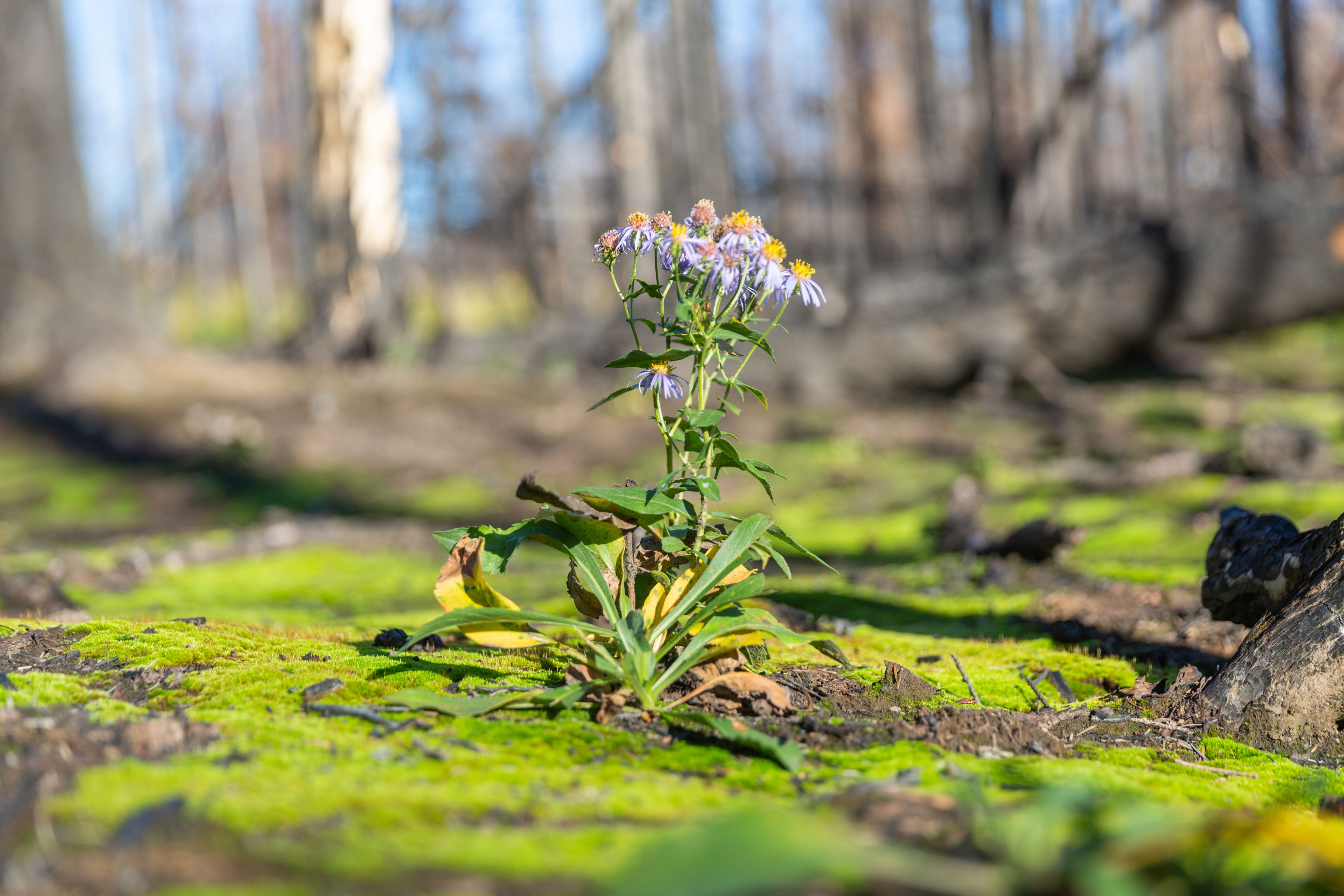
On July 22, 2024, wildfires ignited in Jasper National Park, triggering mass evacuations. By the time firefighters contained the flames, the fire had destroyed a third of the townsite’s buildings and consumed more than 33,000 hectares of forest.
This was the largest wildfire in Jasper in over a century, leaving a profound impact on both the town and its residents.
The previous year, in the summer of 2023, a similar story unfolded in the Northwest Territories as wildfires ignited across the territory, forcing the evacuation of Yellowknife.
Photo: Yellow Dog Lodge during the wildfires of 2023
Photo: Yellow Dog Lodge during the wildfires of 2023
The community impact of these intense wildfire events is devastating and affected communities need ongoing support.
But what happens to the landscape? As months pass, how do burned forests recover, and how does wildlife adapt?
How do we regenerate after a fire?
⇓
Jasper National Park, the largest park in the Canadian Rockies, spans 2.7 million acres. It is home to wildlife, such as bears, elk and wolves, and a rich ecosystem of plants and trees. It is also a landscape naturally prone to wildfires. In fact, the forest depends on it.
"We must acknowledge first that fire is a natural process, and as a protected area, the goal is to allow the forest to restore on its own," says Marcia DeWandel, Restoration Officer, Fire & Vegetation, with Parks Canada, who is working on recovery efforts in Jasper National Park.
Signs of regrowth are already visible in charred areas. Trembling aspens are sending up new shoots while fire-adapted species, such as fireweed, wild strawberry and willows, add colour to the blackened landscape.
Photo: Parks Canada/Luuk Wijk
Photo: Parks Canada/Luuk Wijk
"While natural forest regeneration can take anywhere from a few decades to several hundred years, the process typically involves stages of early vegetation growth (such as grasses and forbs, immediately), tree establishment, and gradual canopy development," Marcia says.
"Fire changes a landscape," she adds. "And it holds a different kind of beauty."
Photo: Parks Canada/Matthew Kennedy
Photo: Parks Canada/Matthew Kennedy
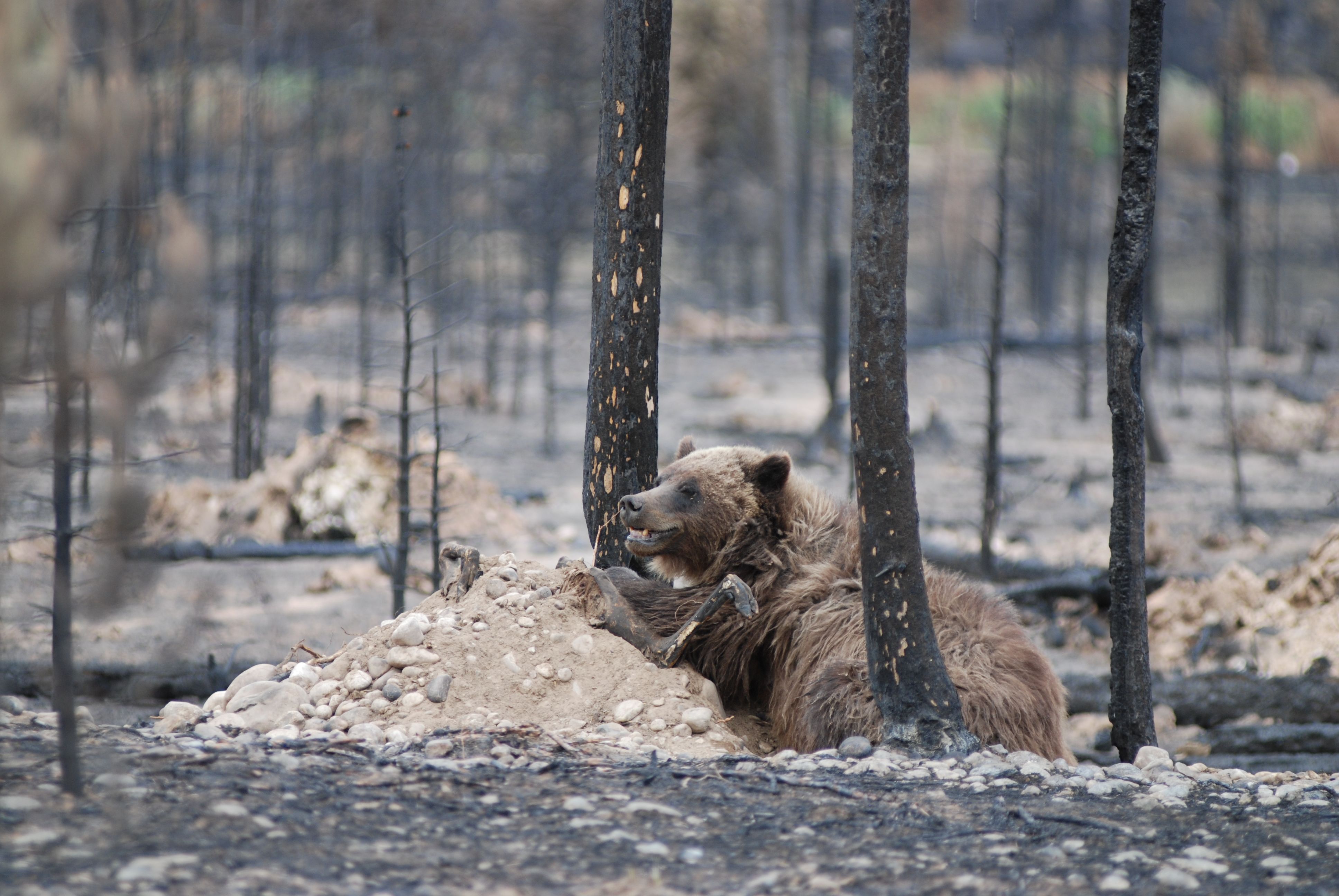
Gord Gin is seeing this regeneration take root in the forest surrounding his lodge in the Northwest Territories.
Yellow Dog Lodge, which Gord has owned since 2005, is situated on a beautiful property between two lakes — Duncan and Graham — and surrounded by acres of forest. It takes about 20 minutes by floatplane to reach the lodge from Yellowknife. In the summer of 2023, as fire licked at the property's edge, Gord came close to losing it all.
Video: Yellow Dog Lodge
Video: Yellow Dog Lodge
"It was by far the most traumatic and difficult year," Gord says. While Gord, his family and staff are still recovering emotionally from the intense fire season, the landscape is already bouncing back, he says.
"We're seeing a lot more wildlife than we've ever seen before, especially the apex predators like the bear and wolf," he says.
In the forest, grasses, fireweed and young trees are starting to grow. And the post-fire environment is perfect for morels, which Gord has been harvesting by the bucket and making everything from mushroom pizza to soup.
There's beauty and life in the regrowth, and visitors to Yellow Dog Lodge will be able to see both sides of the forest — the untouched wilderness of a forest that has not seen a recent wildfire and the stark beauty of regeneration in a forest that is now nearly two years post-fire.
"It's neat to watch nature change things again," Gord said. "It changed really quickly in 2023, and now we're seeing a change every year. It is slow, but it is consistent."
"Fire changes a landscape, and it holds a different kind of beauty."
Marcia DeWandel, Restoration Officer - Fire and Vegetation, Jasper National Park, Parks Canada
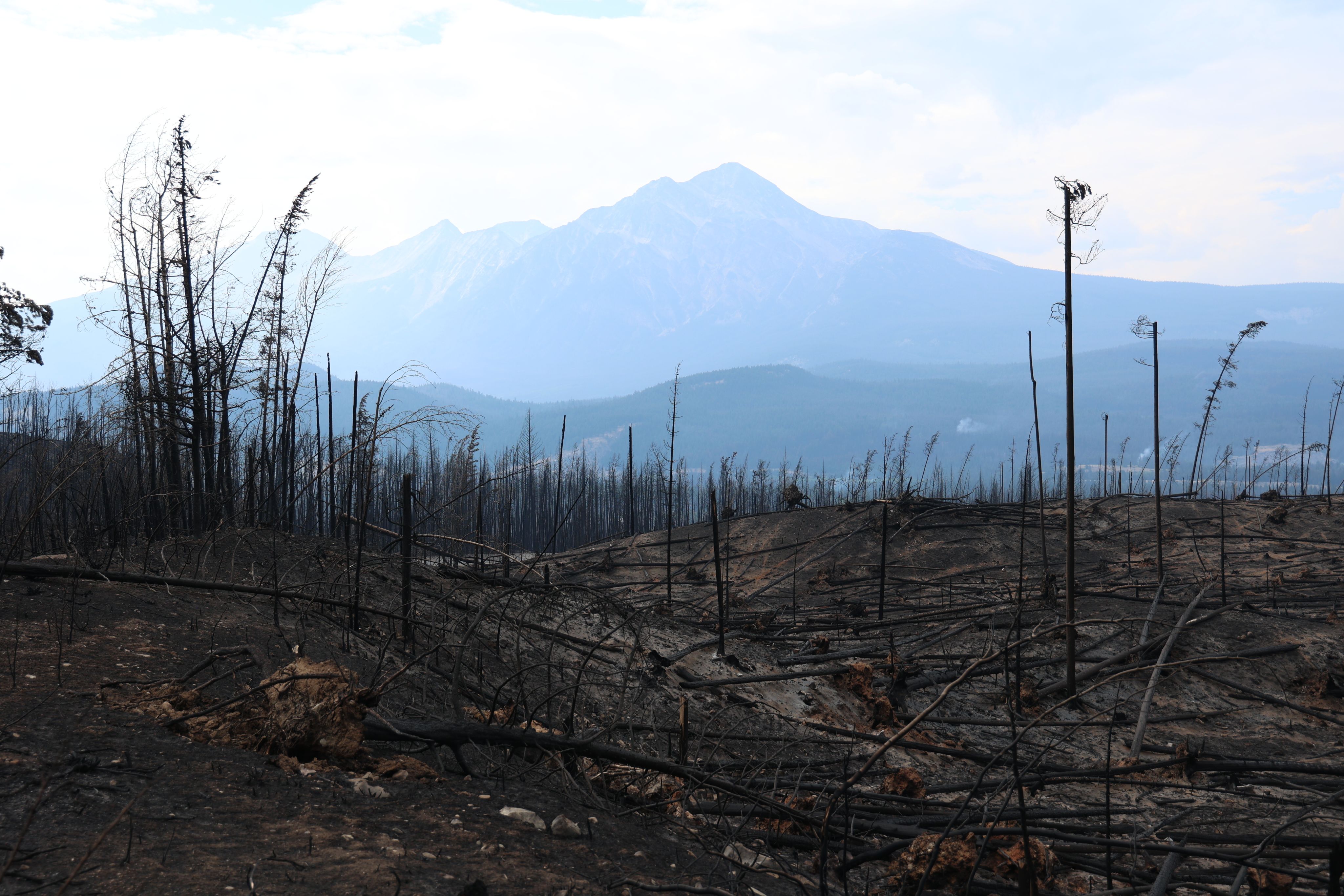

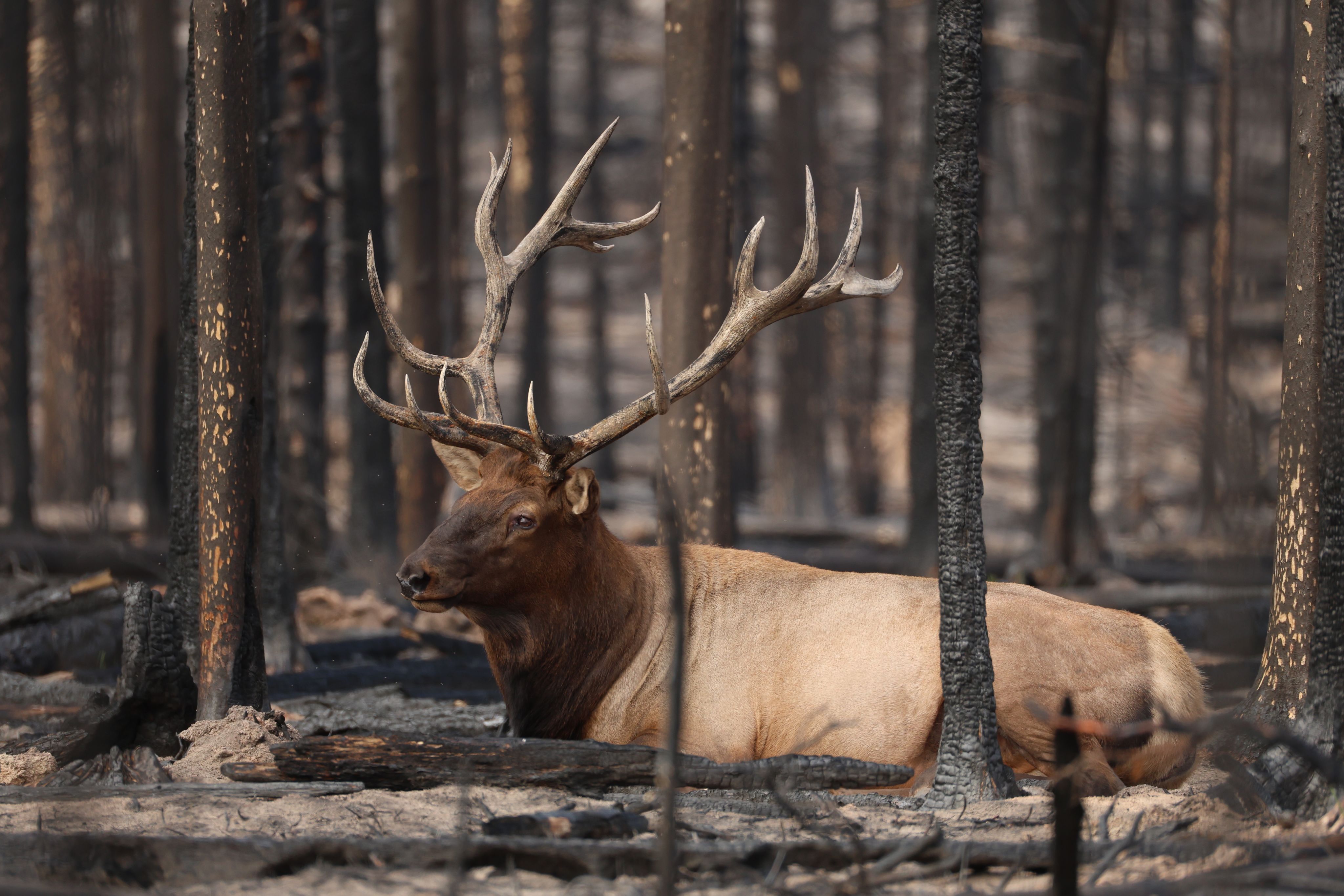
Back in Jasper National Park, the landscape is undeniably altered in fire-affected areas. Snags (standing dead trees) are a common sight, as are pale boulders that have been completely stripped of the mosses and lichens that once covered them.
Most strikingly on the blackened horizon are the spotted snags, the standing dead trees with very distinctive contrasting spots — locals are calling them leopard trees. This happens, Marcia says, when the intense heat causes the sapwood to lose moisture, contract and pop off during the fire. Wind may also be a factor, blowing loosened bark and debris away and creating these spot patterns.
Spotted snags, or 'leopard' trees. Photo: Parks Canada
Spotted snags, or 'leopard' trees. Photo: Parks Canada
Marcia notes that without the dense understory and canopy, the terrain in the park is more open.
"Post-fire, hills, valleys, cliffs and other terrain features become far more visible," she says. "In a dense forest, these landforms are often hidden, but after a wildfire, the bare landscape makes them strikingly apparent. There have been many instances of 'Wow, I didn't know that was there!'"
At first glance, it might appear that the forest is lacking in biodiversity, but there are many factors at play.
Seeds and underground root systems mostly remain undamaged, ready to sprout. Openings in the canopy allow for sunlight to warm the soil and stimulate the growth of native trees and plants. Fires can also help to curb the spread of disease and invasive species.
"While fires can seem destructive short-term, they are crucial for long-term ecological health," Marcia explains.
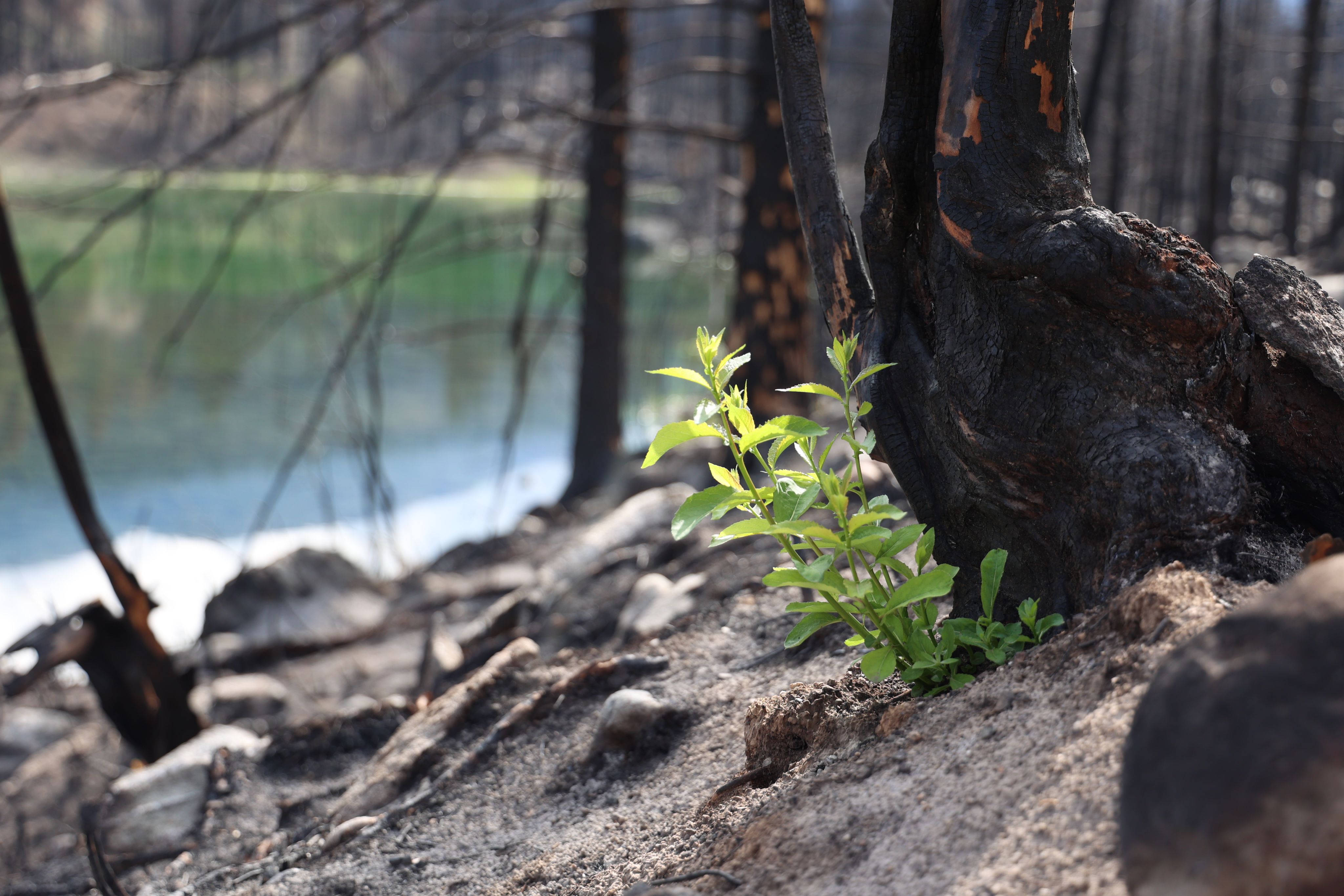
Marcia and her Parks Canada colleagues are focusing restoration efforts on areas with higher levels of human activity, as well as areas that have been known to host invasive plant species or that are crucial habitats for species-at-risk.
"The landscape is very fragile after a wildfire and needs time to renew," she says.
Although wildfires displace wildlife, animals eventually return.
Photo: Parks Canada/Luuk Wijk
Photo: Parks Canada/Luuk Wijk
"In the early days, the new environment will continue to provide habitat for many species, like woodpeckers in snags, insects, and small rodents," Marcia explains. "Over time, and with the arrival of grasses and forbs, ungulates will increase in number, and consequently the prey species. The forest will be thriving again."
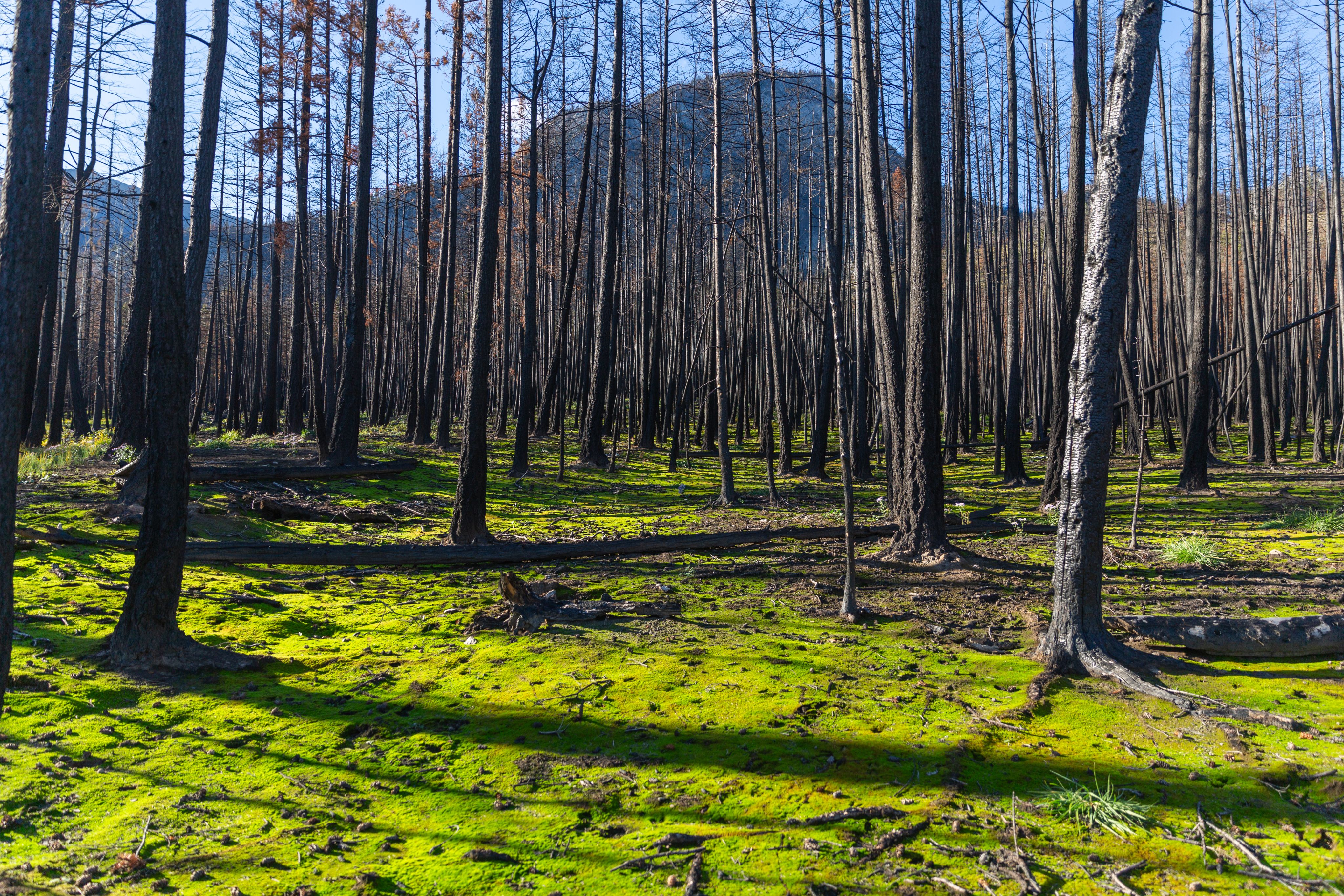
How can visitors help support sensitive areas after a wildfire?
Post-fire, the spread of invasive plant species is a very real threat in areas of human use, Marcia says. These invasive plants can outcompete native flora, leading to severe and often irreversible ecological damage while posing risks to wildlife. Preventing their establishment in burned areas is essential to preserving the park’s biodiversity and ecological health.
- Stay on the trail, do not wander into any burned landscape. We want to avoid invasive plant seed transfer (on shoes, bikes and pets)
- Keep your dog on a leash
- Make sure your boots/shoes are clean before using a trail. If a boot brush station is present at a trailhead, use it.
- Obey trail and area closures
- Learn about the wildfire, and how the landscape around has changed

Canada. Crafted by Canadians.
